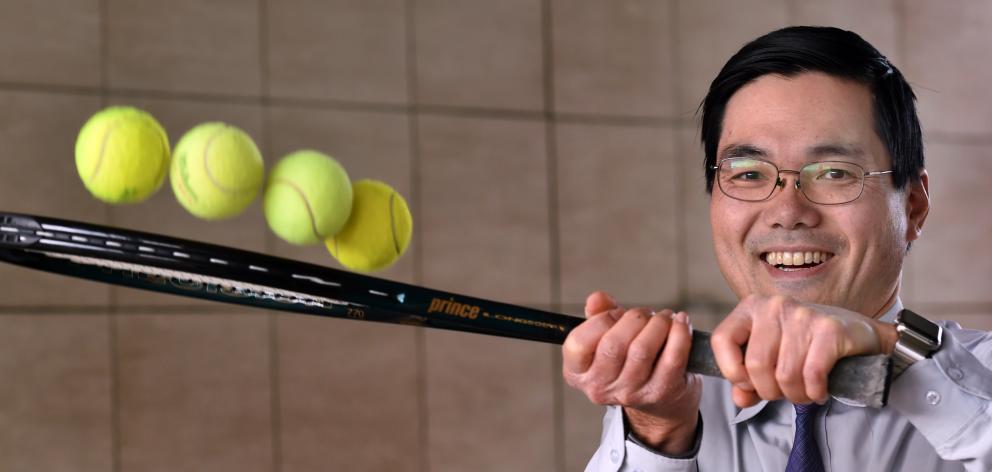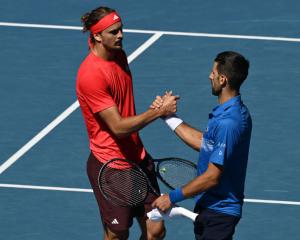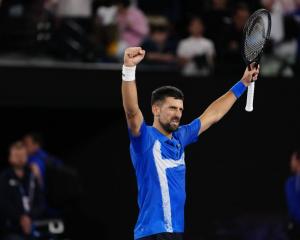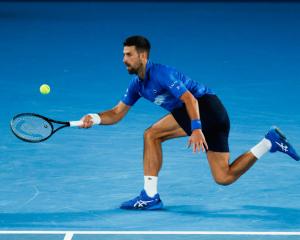
Tournament director Ahmad Abdul-Rahman has even had one satisfied but over-enthusiastic competitor compare playing in the tournament to Wimbledon.
Wimbledon it is not. And there will be no grand slam winners registering to play either.
But the ''reboot'' of the Otago Indoor Open last year was a positive step forward and Abdul-Rahman hopes its success will help lift the profile and ultimately the standard of the sport in the region.
The 39-year-old doctor does not have much of a background in tennis. He started playing socially about 20 years ago but gave the game away while he was studying and busy with work.
''I played for Otago Boys' in about the 19th team,'' he said.
''I don't think I ever won a game but I've improved since then.
''So I don't have a strong background but I got back involved through my children.''
The father of three thought it was a game the family could play together but quickly became involved in administration.
Tennis, like many sports, has been in a long decline.
That point became painfully clear to Abdul-Rahman when the 2015 Otago Open attracted just 11 players - two women and nine men.
It was obvious to him tennis needed to review the way it ran tournaments if they were going to remain relevant.
He started with the Otago Indoor Open last year. The tournament had not been ''well subscribed'' and it was hoped with a little ''tinkering'' it could be transformed.
Transformed it was.
It attracted more than 60 competitors which made it one of the larger open events in the country. The ''no athlete left behind'' philosophy proved popular.
''A lot of people viewed these tournaments as being a high-level event but I really see them as vehicles for participation.
''We have a philosophy of no athlete left behind. Anyone can enter and we will find a place for you.''
Abdul-Rahman was determined to cater for everyone. But he also realised it was vital the athletes enjoyed the experience. That meant matching them with opponents at their own level by introducing a grading system.
''We had to think from their point of view and what suited them, that way people would be far more inclined to participate and to continue to participate.
''We've grown the numbers and some of our tournaments are bursting at the seams, really.''
Some people struggled with the concept of a tiered structure rather than a traditional tournament which seeds players and pits good players against weaker opponents in the opening rounds.
While the focus has been on getting more people involved, Abdul-Rahman is certainly not ignoring the elite players.
In fact attracting high-calibre players is a strong priority for the Otago Indoor Open.
''What is important for this tournament is really the calibre of the entries. We've aimed to boost that because it increases the credibility and profile of the event.''
Top New Zealand women's players Leela Beattie and Elys Ventura are confirmed entrants for the tournament at the Edgar Centre on September 21-23.
''I've been told by people who have been around longer than me that that would be the biggest game in Dunedin [since Bjorn v Lewis].''
This year there are 24 confirmed athletes for the Otago Indoor Open but Abdul-Rahman expects a flood of late entries.
For the record, Borg beat Lewis 3-6, 6-1, 7-6 (7-4), 6-3 in Dunedin in December 1983. The game attracted more than 5000 spectators to the Dunedin Stadium.













